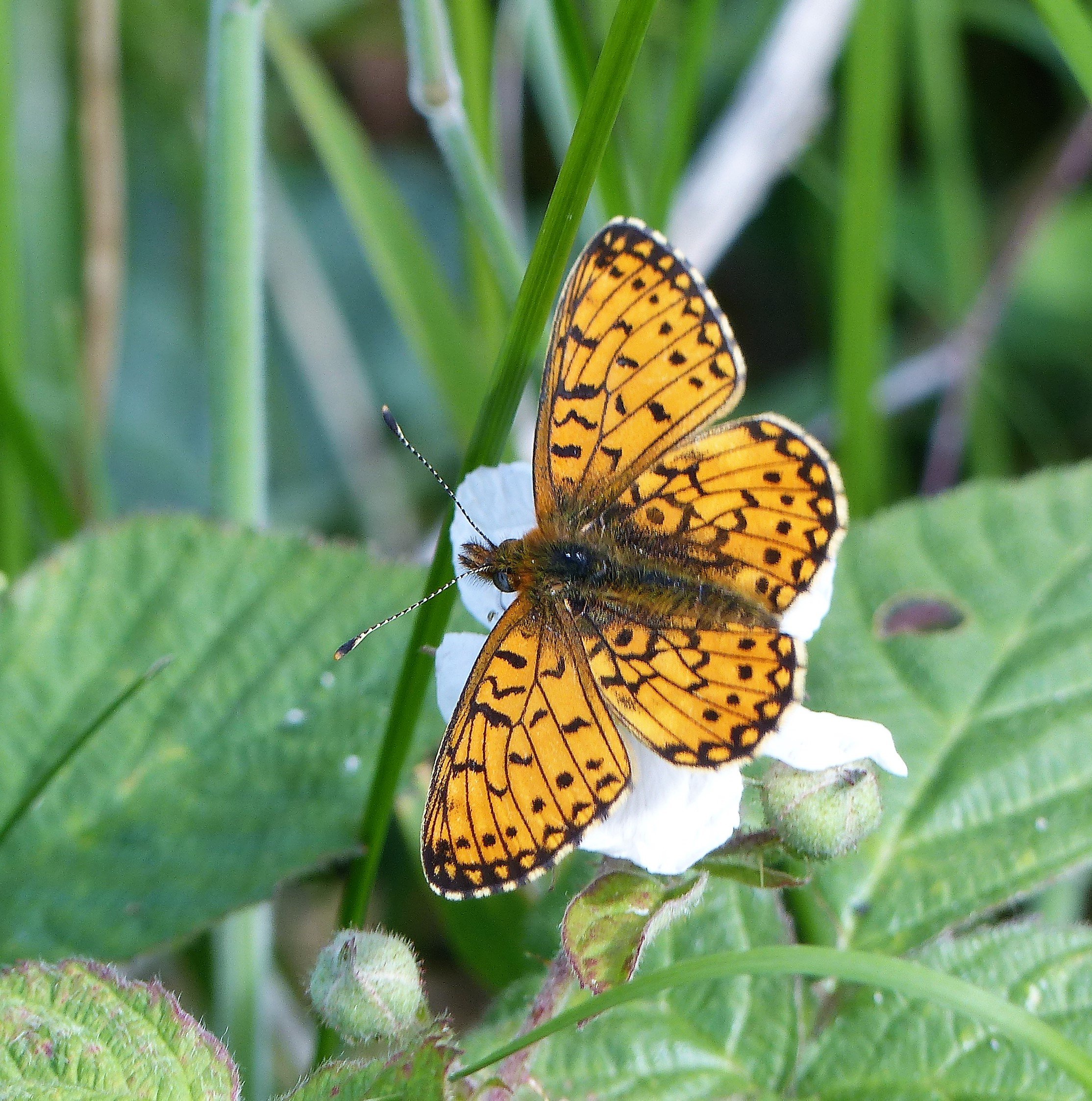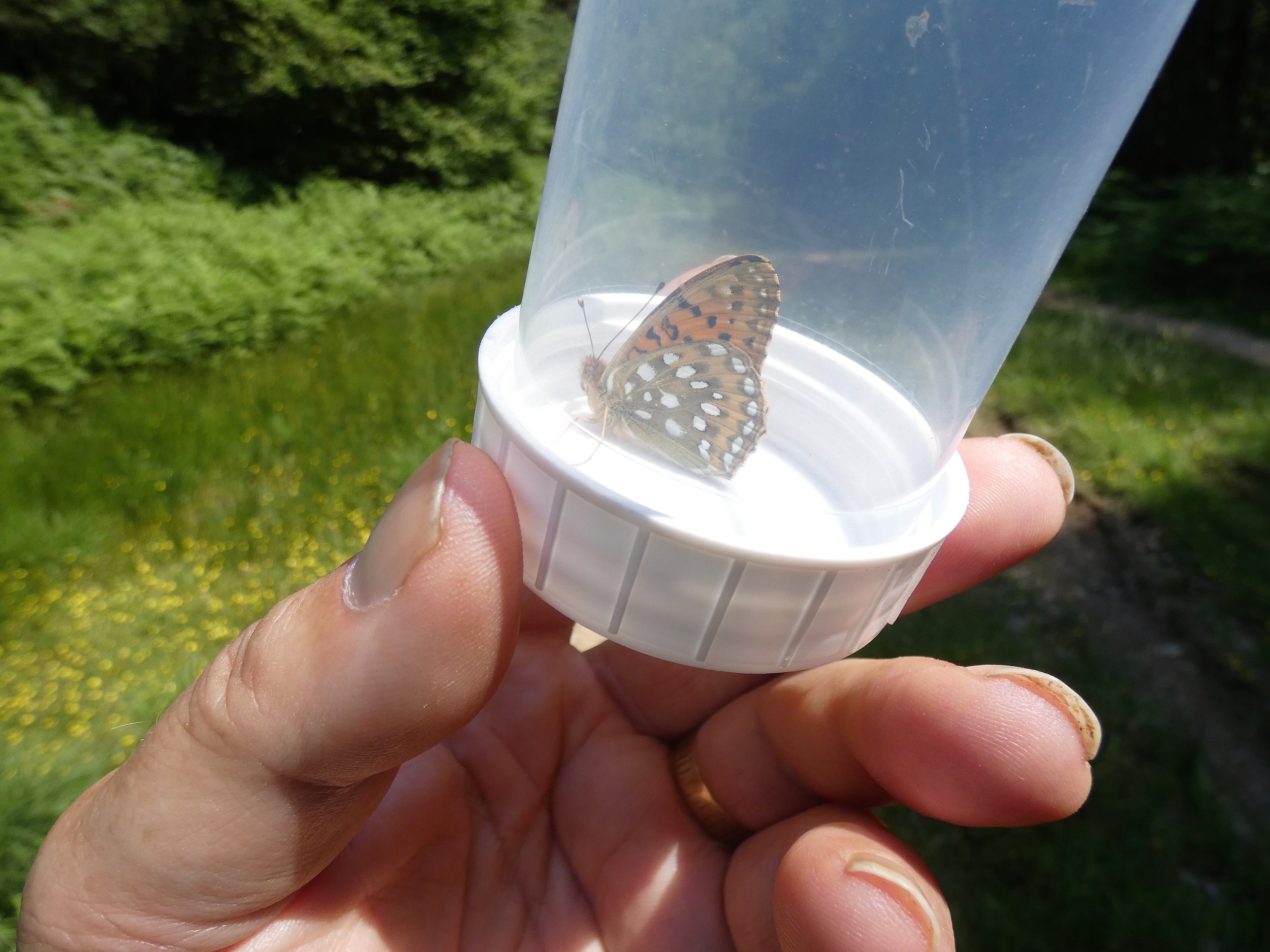[Shropshire Hills] Help Record Butterflies and Moths for Shropshire’s First Butterfly and Moth Festival
Stiperstones, Clee Liberty and Long Mynd – April to September 2022
People are being asked to help record butterflies and moths as part of a summer programme to save rare and important insects and celebrate their upland home across three areas of common land in the Shropshire Hills.
Free events are taking place on the Stiperstones, Clee Liberty and the Long Mynd - between Wednesday 18 May and Wednesday 13 August. People can pre-book onto guided walks, identification workshops, moth mornings and training in survey techniques.
Festival organisers, and moth and butterfly experts Mike Williams and Jenny Joy, say some of the species found on the three commons are in decline nationally. They say information gathered by people could help reverse the fortunes of the Grayling, Small Pearl-bordered Fritillary and Dark Green Fritillary butterflies.
As Mike Williams explains:
“This is a targeted piece of citizen science. We hope members of the public can fill in gaps in our knowledge about where key species are. We can then work with landowners and commoners to conserve them.
“Photographers can also contribute towards conservation efforts. They can record butterflies and moths they see on these three commons this year by entering a photographic competition. An app takes the hard work out of identification. There are prizes and a chance to feature in the 2023 West Midlands Butterfly Conservation calendar for the overall winner.
“Ultimately we hope that the festival will add to people’s understanding of the importance of Shropshire’s upland commons for wildlife. Plus encourage people to record the butterflies and moths they see,” adds Mike.
The festival is part of the Our Upland Commons Project - a three-year, £3m, 25-partner project helping to secure the future of upland commons in the Shropshire Hills, Dartmoor, the Lake District and Yorkshire Dales. It is led by the Foundation for Common Land. Local partners and community wildlife groups include the National Trust, Natural England, Shropshire Wildlife Trust, Shropshire Hills AONB and West Midlands Butterfly Conservation, plus commoners on the three commons.
The project is made possible by funding from National Lottery players, grants from Esmée Fairbairn, Garfield Weston Foundations and local funders, the Millichope Foundation.
The full festival programme and booking details can be found on the news section of the Foundation for Common Land website or by emailing Mike Williams at mike2dewberry@hotmail.com.
ENDS
Images should be credited as indicated and used for the purposes of this news story only.
Notes to editors
1. What are commons? They’re privately owned spaces. In the Shropshire Hills the 4720.5 hectares of common land include areas such as Long Mynd, Stiperstones and Clee Liberty. They can look untouched and free from intervention but they are shaped by the action of commoners over centuries. We all have the right to enjoy recreation on foot on the commons.
2. Who are commoners? They are farmers with the right to graze the land or use its resources - such as firewood, peat or bracken. It results in shared land management, called commoning. An example being each flock on the commons has an area of land where they stay without fencing.
3. Why do commons matter? They provide food and clean water, absorb rainfall, nurture wildlife and are a place of recreation. Their management, when at sustainable levels, has ensured the survival of ancient monuments and rare wildlife, plants, birds and butterflies.
4. The Our Upland Commons project aims include:
• encouraging people to enjoy nature and connect with commons closest to them
• helping everyone to understand their benefits and the importance of the commoning system
• sharing skills to help commoners increase carbon storage, protect historic sites, enhance wildlife and habitats, and maintain the ancient practice of commoning
• helping participating organisations to better secure this heritage long-term.


